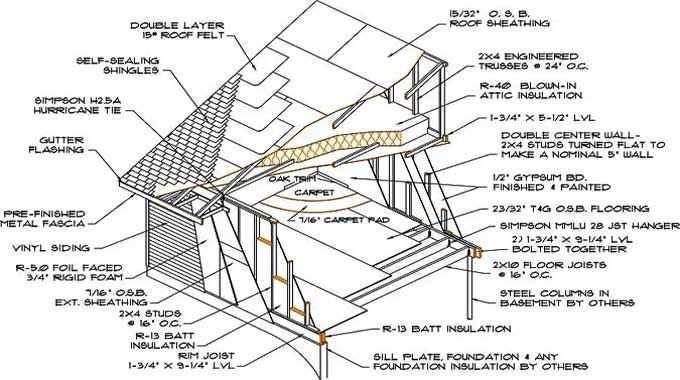
Construction Specification and Its Types
A construction specification can be defined as a list of a few important documents or agreements that are sanctioned between the parties, related directly or indirectly to a particular construction project.
According to the American Institute of Architects (AIA), a construction project must include, agreements, contracts, drawings or blueprints, and contract specifications.
So, construction specifications act as a legal document that is compulsory to have before starting any kind of construction as quoted by AIA. Many times this construction specification document spotted some error in project drawings.
This Construction specification is basically a legal document used to determine the labor quantity, material requirements, installation techniques, and various quality aspects of a particular construction.
Below are few types of Construction Specification described briefly
Performance Specification
This is a type of specification where the operational requirements are specified and the contractors are liable to build up the structure that matches the asked requirements. In simple words, performance specification is a document that tells the specific requirements that the final structure to be built should satisfy.
Contractors are not instructed on how to build the structure but only the list of functions that the structure needs to perform is provided. Many times contractors are to be verified that the structure meets all the specific functions properly.
This specification is useful for architects or engineers to determine what they need and helps the contractors to build up the plan to get there. This kind of perspective can provide more flexibility and innovation to the construction approach.
Prescriptive Specification
In this kind of specification document, the required amount of materials for installation and different construction activities are specified. This document provides contractors with a brief idea of the materials required to satisfy the structure?s output performance.
The main advantage of this kind of specification is that the contractors and product consultants can freely work and use their own products in the construction. The owner does not care what materials are used they just want the final output according to their requirements. This makes a difference between Perspective and performance specification.
Almost all kind of specification is partially considered as perspective as they all tells the architects and the contractors what materials are to be used for the construction.
Proprietary Specification
In this kind of specification document where the owner already has a fixed type of materials and products lists which the contractors need to follow to complete the construction.
This kind of specification is generally used when the construction has all the required equipment and materials. This specification can also be seen in highly complicated structures where one set of equipment can make the job done.
This kind of specification is usually ignored by the engineers and architects except when no other choice is available. Using this kind of specification can lead to an increase in manufacturing costs.
To get more details, watch the following video tutorial.
Video Source: MEP Academy
General Specification
This general specification is usually seen in commercial and residential constructions. In this document, only the products or materials used are specified but the manufacturers are not mentioned.
This General Specification acts as a middle ground between perspective and performance specification documents. This kind of specification is generally not used in any kind of critical or complicated project


